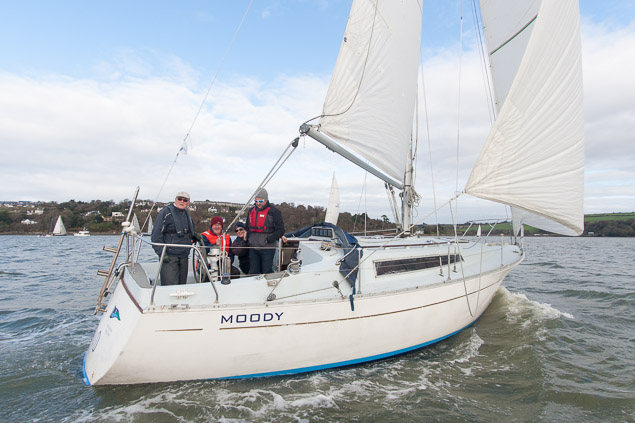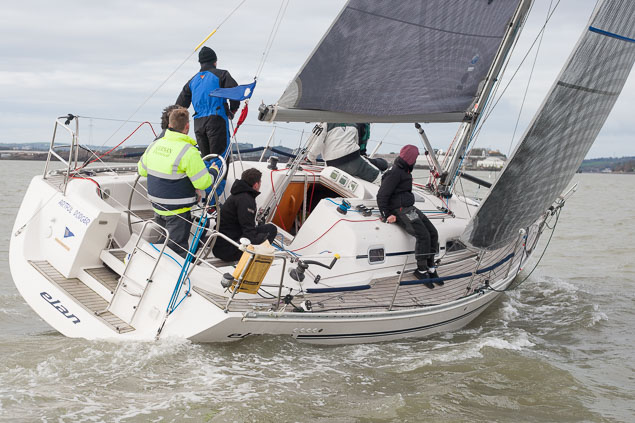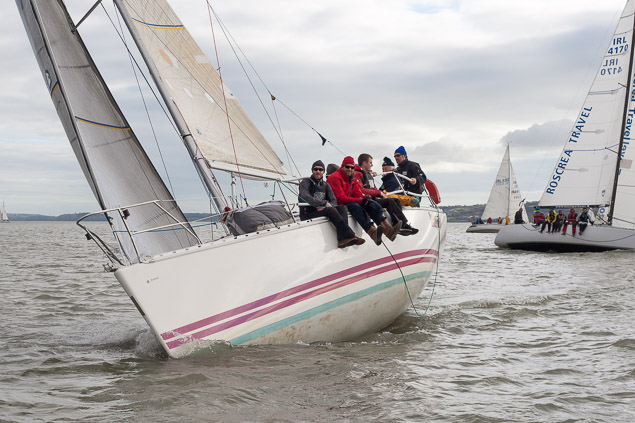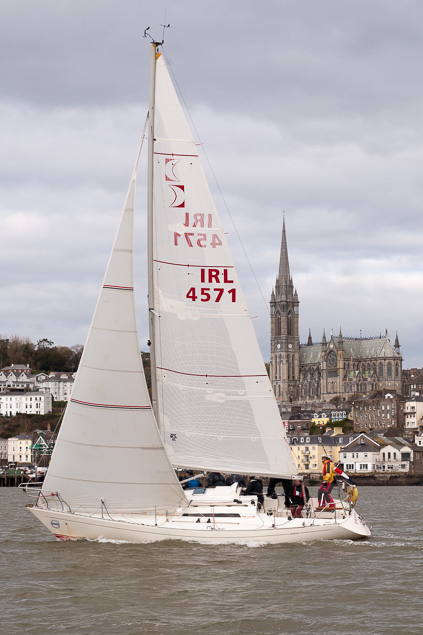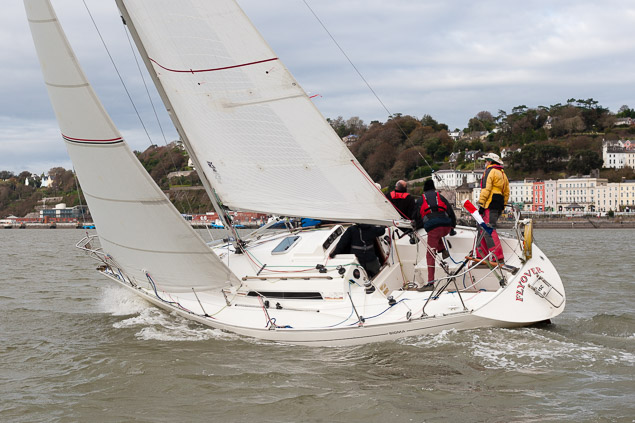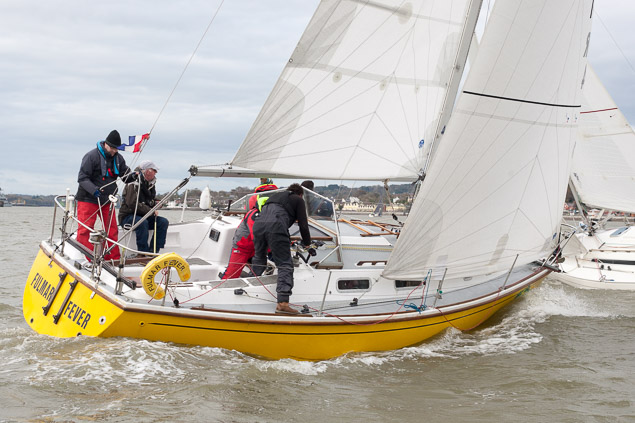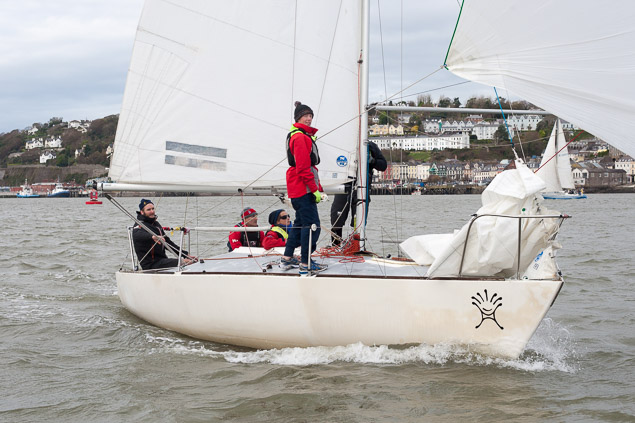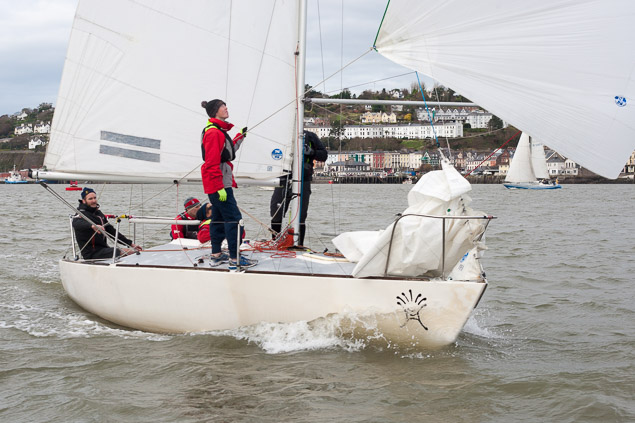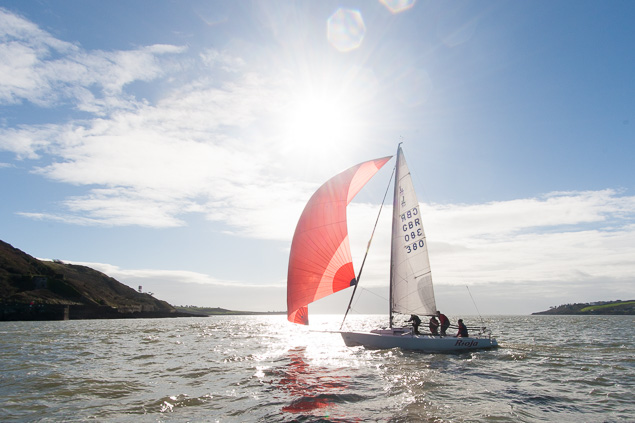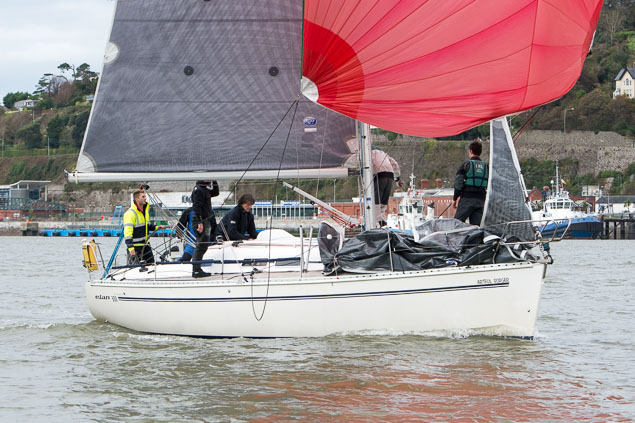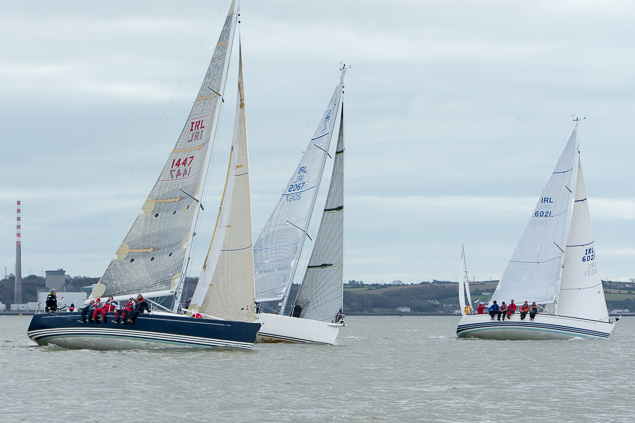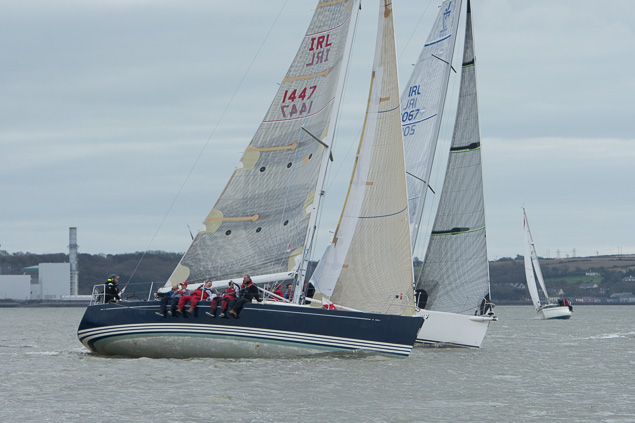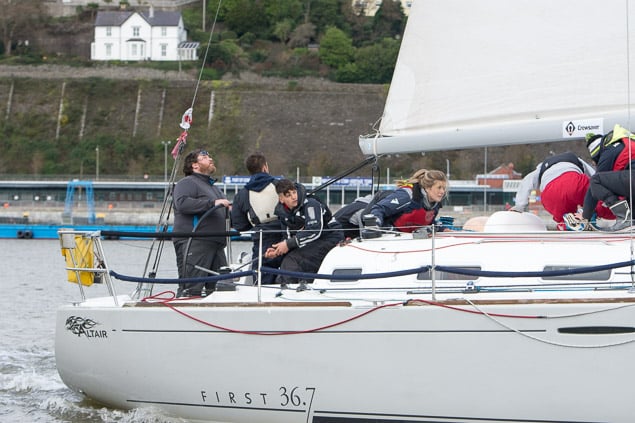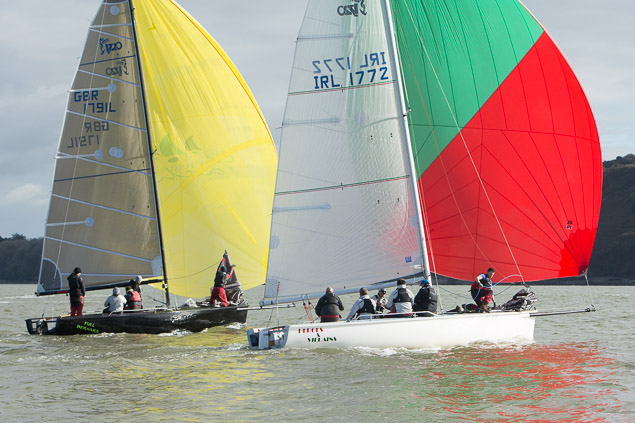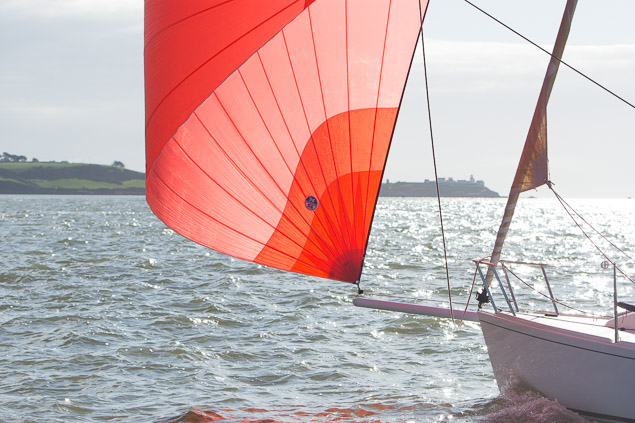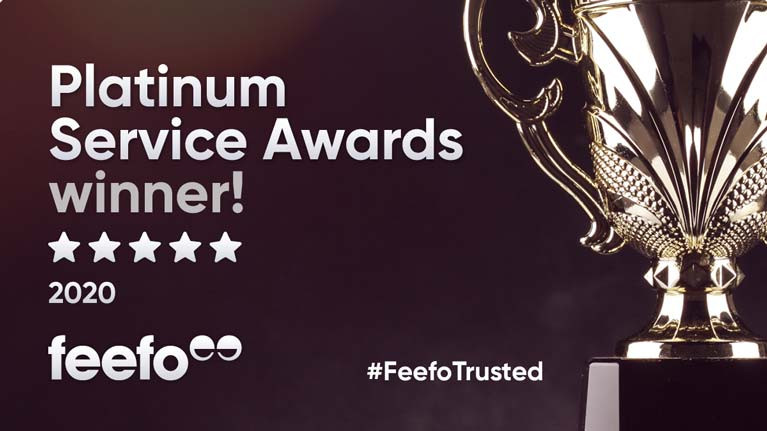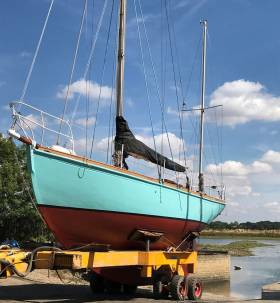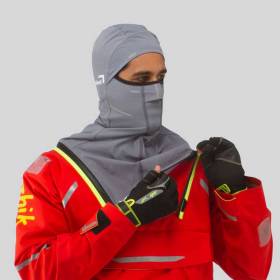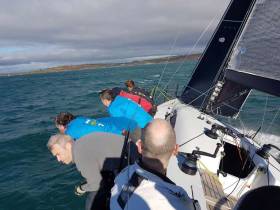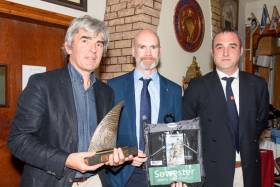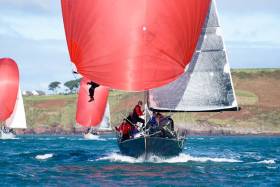Displaying items by tag: CH Marine Chandlery
Irish Chandlery CH Marine has been recognised for its online business service with a Feefo award saluting its consistent provision of excellent service, year after year.
Feefo is an automated customer feedback solution that is powerful in terms of gathering and analyzing genuine feedbacks, suggestions, and observations from actual customers.
Winning the Feefo award means CH Marine are fulfilling orders on time and placing customer service at the forefront of their business.
CH Marine, under Managing Director Nick Bendon, is a leading Irish chandler with outlets in the North and South of Ireland. CH Marine is headquartered in Cork and is an approved service centre for liferafts, lifejackets, Immersion suits, inflatable MOB buoys, inflatable self-righting equipment and rescue boats. The firm spans both commercial marine and marine leisure.
Fifty years after her first single-handed global circumnavigation, the 36ft cutter Lively Lady is once again back in the water in an as new condition having recently undergone a long and extensive refit at Hayling Yacht Company by volunteers from the charity Around and Around. The refit work included replacing the deck, reassembling the wheelhouse, new electrics, an interior refit and a full repaint using Jotun Yachting paint products.
2018 marks the 50th anniversary of Sir Alec Rose’s global circumnavigation aboard Lively Lady. A greengrocer from Portsmouth with a passion for single-handed sailing, Sir Alec set sail on 16th July 1967 returning 12 months later on 4th July 1968 having circumnavigated the globe, stopping off in Australia and New Zealand. A year after that of Sir Francis Chichester aboard Gypsy Moth IV, and a year before that of Sir Robin Knox Johnson’s in Suhali. You can see Lively Lady at this year’s Hamble Classics Regatta in September.
2018 marks the 50th anniversary of Sir Alec Rose’s global circumnavigation aboard Lively Lady
“The hard work carried out by the volunteers at Around and Around has certainly paid off, with Lively Lady looking better than new and in a condition which will see her through the next 50 years, said Jim Brickwood, Business Development Manager, Jotun Yachting UK.
Jotun paints are distributed in Ireland by CH Marine.
Zhik's New Isotak X Ocean Sailing Range Wins DAME Marine Clothing Award
Zhik's New Isotak X Ocean Sailing Range Has Won the international DAME Award for marine clothing.
The Jury was immediately drawn to the Isotak X range thanks to its clever Adaptive Collar System, as Afloat.ie previously reported here, which provides for a series of different collars and hoods tone selected according to the weather conditions, and its Hydrovision Hood which is designed to improve face protection while providing greater visibility than the norm.
The judges said the Australian made kit was an excellent example of how products we all take for granted can still be redesigned to provide a better user experience.
The Zhik range is available from leading Irish chandleries such as CH Marine and Viking Marine
Leading global supplier of marine deck hardware, Barton Marine, unveils its brand new Barton Block Range, which will showcase at the Euopean Marine Trade Show, METSTRADE, for the first time, in November.
Crafted by sailors for sailors, the new Barton Block Range is manufactured in the UK, and developed with the same design endurance and bullet-proof reliability that Barton has built its reputation on over the last 70 years. The new range combines high-performance engineering and contemporary design, available from Series 0 to Series 7 inclusive, designed for mariners who appreciate sleek styling and demand technical excellence.
Designed for low friction and longevity in harsh marine environments, the new Barton Block Range is smaller and lighter, but exhibits greater strength and performance for overall reliability. The “new look” range gives sailors the chance to have good looking, high N3631performance hardware on-board, from a name they know and trust.
Suzanne Blaustone, Chief Executive of Barton Marine, comments on the new and innovative block range, “Our aim is to provide an appealing new Barton block range that ticks all the boxes for today’s sailors: sleek and racy design that is well engineered, stronger, lighter and provides the same longevity and performance Barton is known for. There has been extensive investment in this new line, and we are pleased with the outcome and feedback.”
Available with plain bearing or ball bearing grey sheaves, the new exterior styling displays dark slate side plates made of glass loaded nylon, which enclose a continuous stainless-steel infrastructure for continuity, strength and durability throughout the line.
The new Barton Block Range has been shared with the firm’s group of trusted distributors, and has been well-received globally. Jackie Kennedy, UK Sales Manager at Marathon Leisure Ltd, comments that her customers have given overwhelming approval of the range and quotes Kenneth Rennie of Duncan Yacht Chandlery in Glasgow, “The new range of blocks gives a fresh look to the time served, reliable Barton range. The reduction in attachment options allows retailers to focus on a more compact stock in greater depth. They are pure magic!”
Barton’s introduction of classic wooden blocks, the Victory Range, has also been expanded to include doubles and triples with an array of heads and shackles to meet the needs of classic sailing yachts up to 47 feet. The robust wooden block range is designed in ash wood, and has plain or ball bearing sheaves, with a removable fastening bolt for servicing or re-varnishing.
Barton is available in Ireland from leading chandleries including CH Marine and Viking Marine.
There was an interesting anniversary on Sunday at Royal Cork Yacht Club for Maurice 'Prof' O'Connell, the sailing professional, aboard Conor Phelan's all winning class one entry, Jump Juice. The Ker 37 won the CH Marine Autumn League with nine race wins from ten races but it wasn't this succesful teams only win on Cork Harbour waters. Far from it!
The weekend marked exactly ten years to the day for the Prof since winning the exact same event. How time flies!
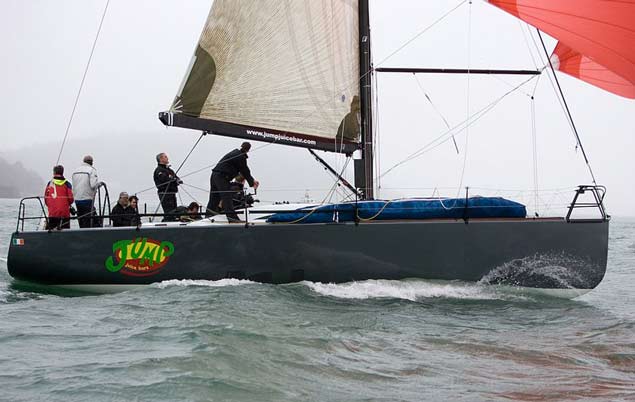 Prof O'Connell trimming the kite on Jump, on their way to victory in the 2007 RCYC League Photo: Bob Bateman
Prof O'Connell trimming the kite on Jump, on their way to victory in the 2007 RCYC League Photo: Bob Bateman
Prof took the 30–second video below as Jump gybed at the wing mark in the second race on Sunday. Nice bit of audio too!
Royal Cork's CH Marine Chandlery Autumn League Prizegiving Photo Gallery
Last night's Royal Cork Yacht Club prizegiving for the ten–race CH Marine Autumn League Series was officiated by RCYC Rear Admiral Keelboats Kieran O'Connell with Martin O'Donovan of CH Marine in attendance.
Scroll down the page for a gallery of prizewinners by Bob Bateman.
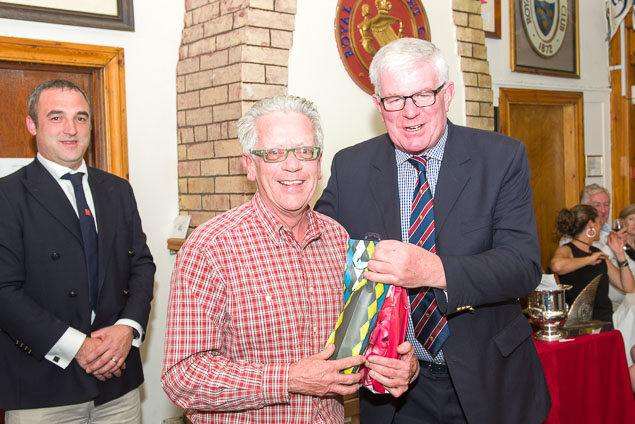
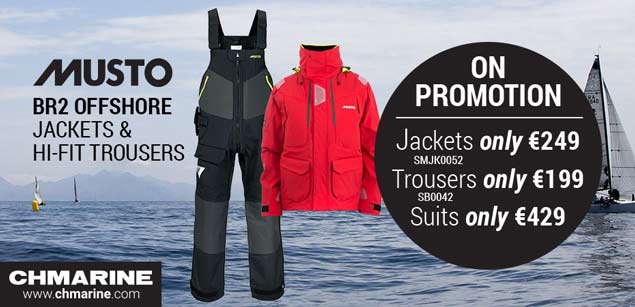
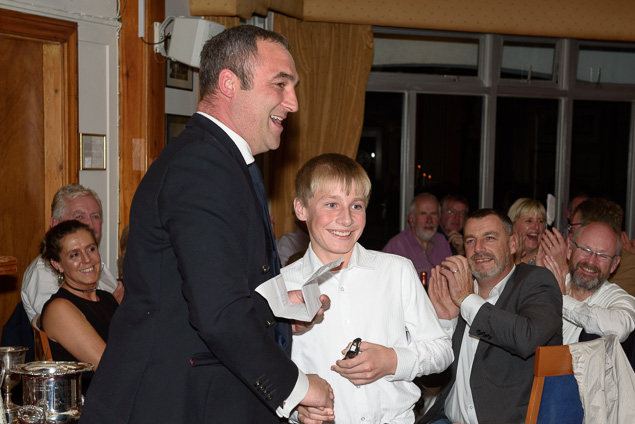


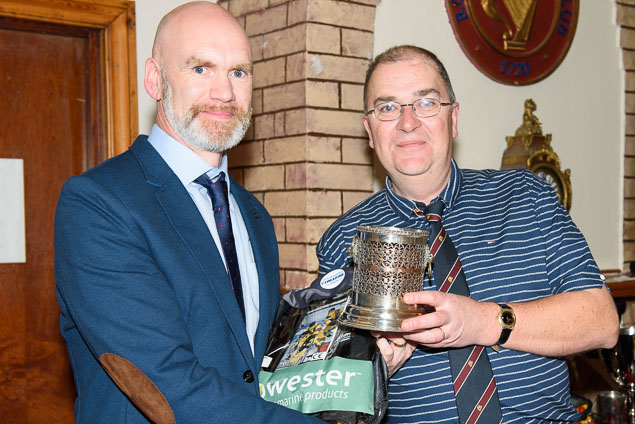
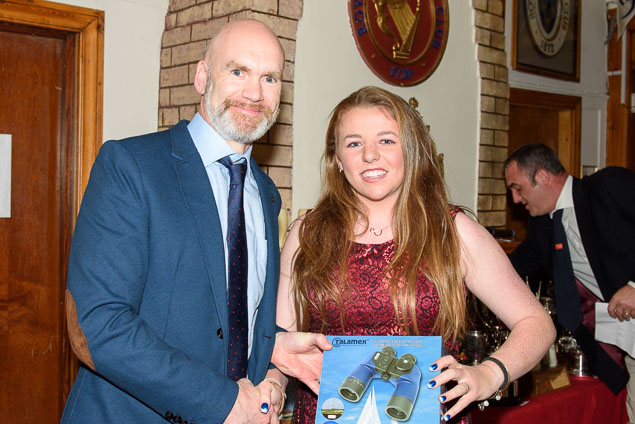

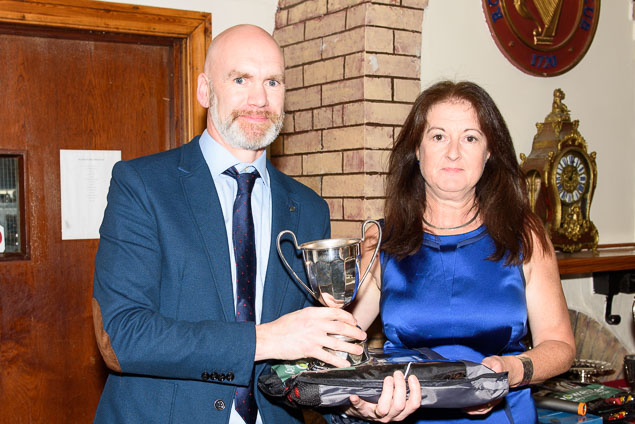
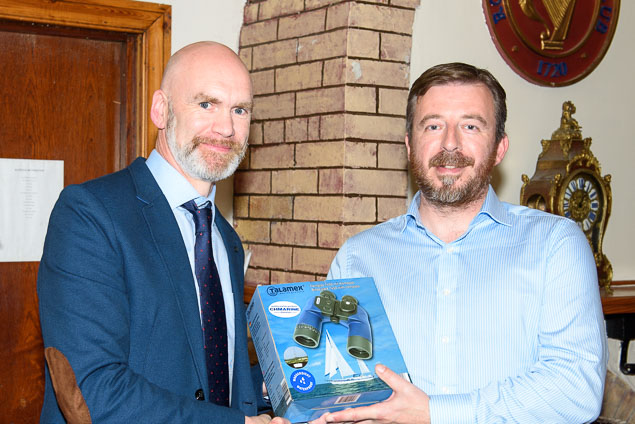
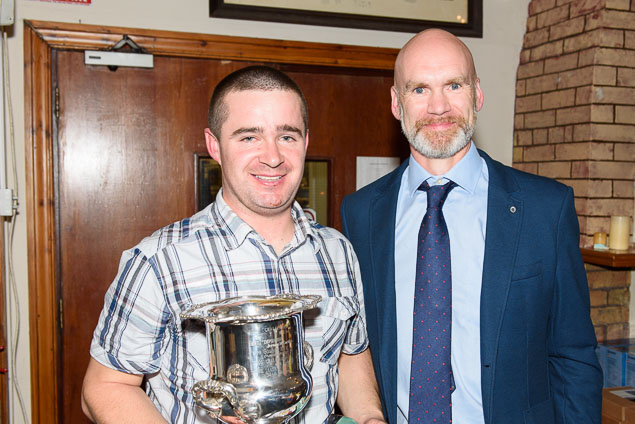
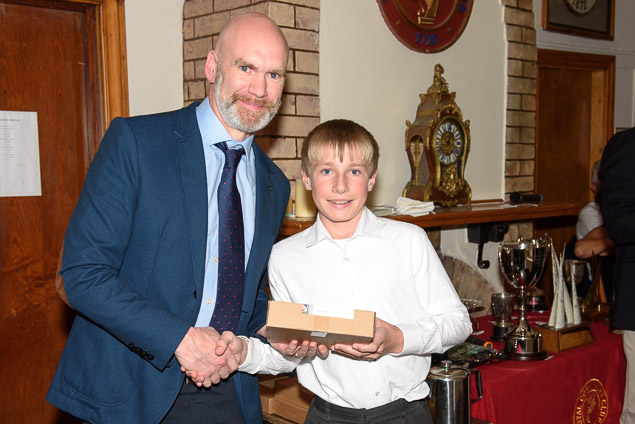


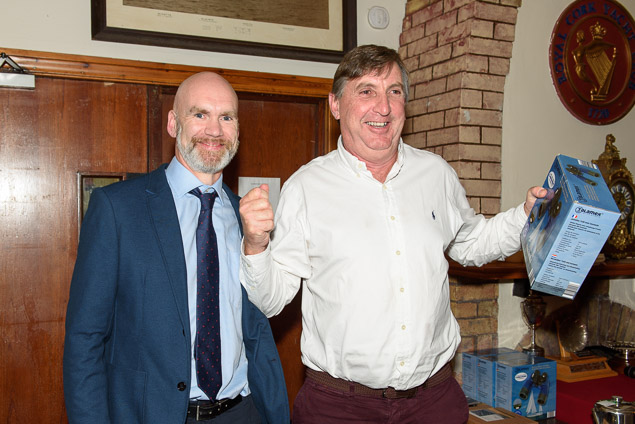


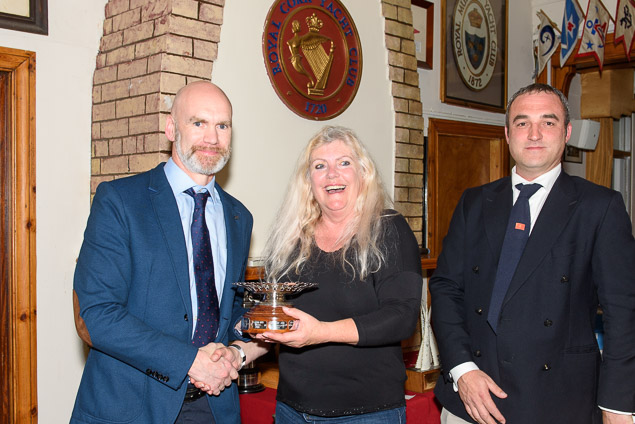
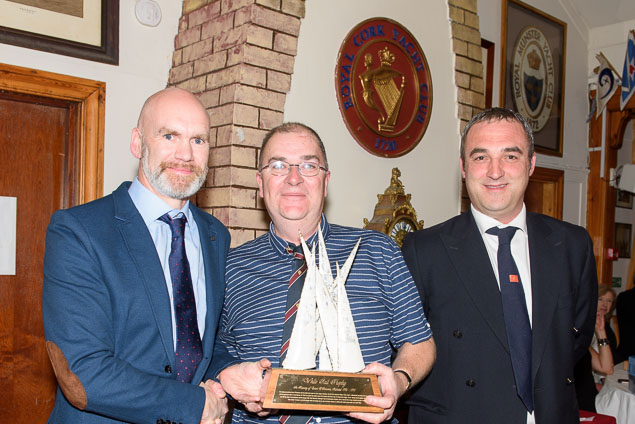
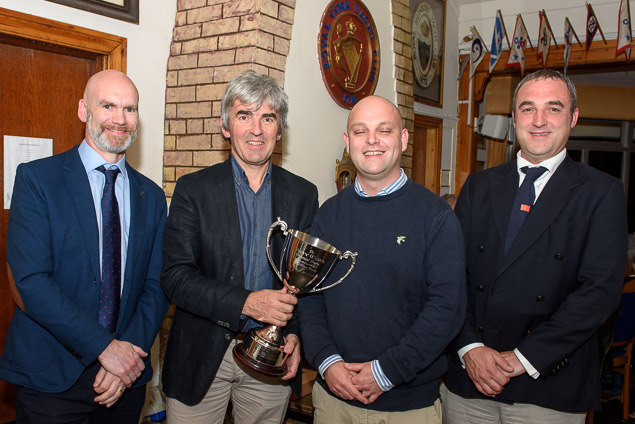
Royal Cork's CH Marine League Ends on A High Note in Cork Harbour
The best was kept til last and the closing races of the CH Marine Autumn League today in Cork Harbour featured some fine sailing conditions writes Bob Bateman.
Winds were force four from the north/north west on a beautiful Autumn day at Crosshaven.
Classes one, two and three raced outside the harbour. The White Sail fleet and the Sportsboat fleets raced inside the harbour.
Despite two big storms this month, Race Officer RCYC Peter Crowley got ten races sailed and two discards applied.
Conor Phelan's Ker 37 Jump Juice was the clear winner with nine race wins in IRC One. Paul & Deirdre Tingle's X34 Alpaca was second on 17–points with K Dorgan/J Losty third in the Beneteau 36.7 Altair. Eight competed.
In IRC Two, Kieran Collins Coracle IV, an Olson 30 won from Ted Crosbie's X302 No Excuse. Third was the Sunfast 32 Bad Company (Desmond, Ivers & Deasy). Ten competed.
 Even though, past champion Fools Gold from Waterford Harbour was not competing this year, there was good support from the travelling Dunmore East fleet with Robert Marchant's Fulmar Fever, a Fastnet Race entrant, competing in IRC Three. Photo: Bob Bateman
Even though, past champion Fools Gold from Waterford Harbour was not competing this year, there was good support from the travelling Dunmore East fleet with Robert Marchant's Fulmar Fever, a Fastnet Race entrant, competing in IRC Three. Photo: Bob Bateman
In IRC Three, Dave Lane and Sinead Enright's J24, YaGottaWanna was the clear winner in the ten boat fleet but second and third were tied on the same 24 points. Cracker, a Trapper T250 skippered by Denis Byrne won through on the tie-break rule. Third was David Marchant's Sigma 33 Flyover from Waterford Harbour.
Prior to going afloat today, Port of Cork gave a briefing to sailors about navigating in the harbour and the importance of keeping keeping clear of commercial shipping.
The series included an ICRA training initiative for the fleet that comprised a North Sails Ireland rig set-up advice and video of today's racing captured by drone and this was viewed post racing at Royal Cork Yacht Club.
As usual, SCORA in in the process of computing results from this CH Marine League, together with the April league in Kinsale, Calves Week at Schull Harbour and the Cobh to Blackrock Race to declare overall season prizes.
Full results are here. Today's photo gallery below. Prizegiving pictures to follow after tonight's prizegiving at RCYC.
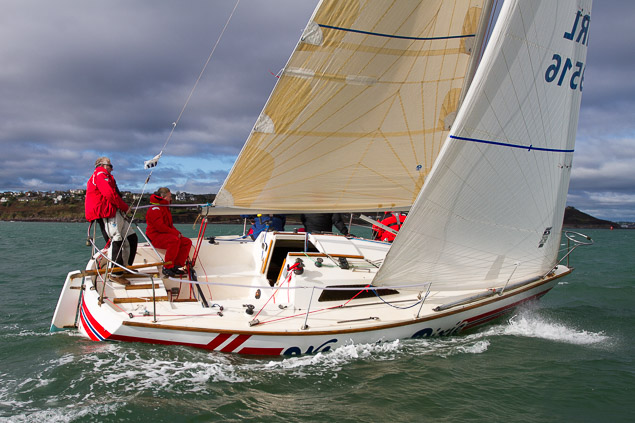
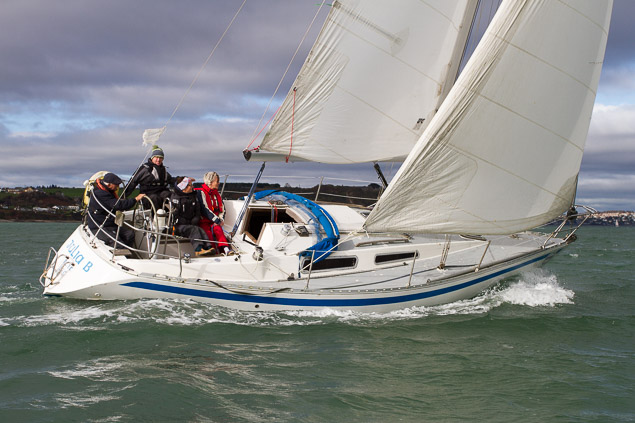
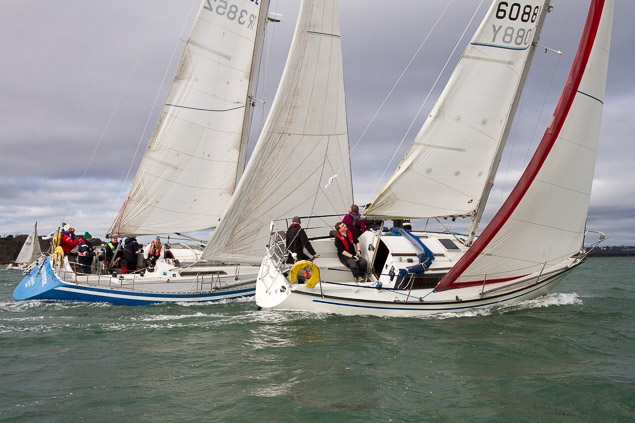

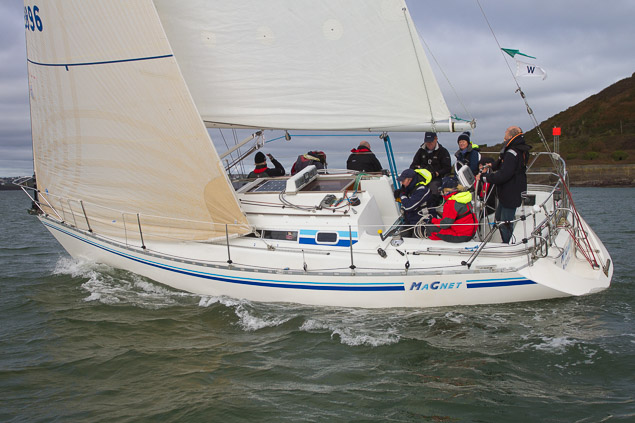

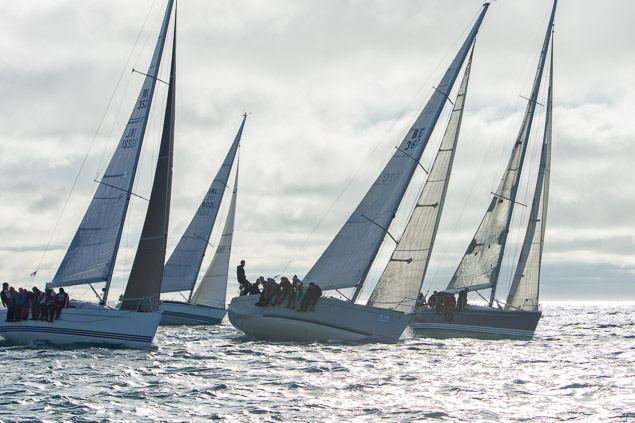
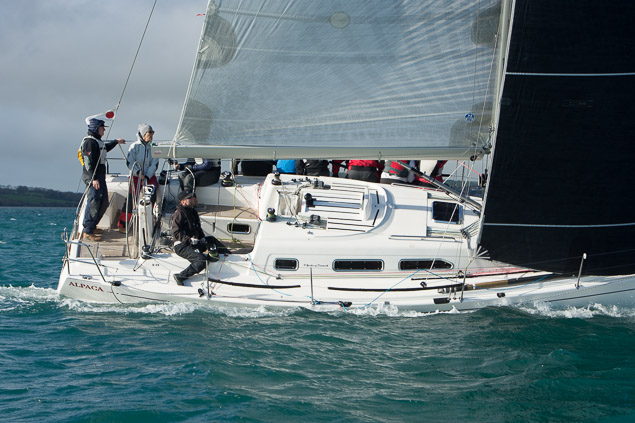


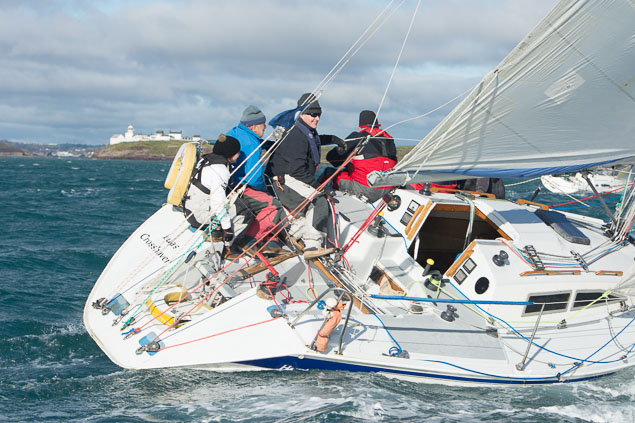
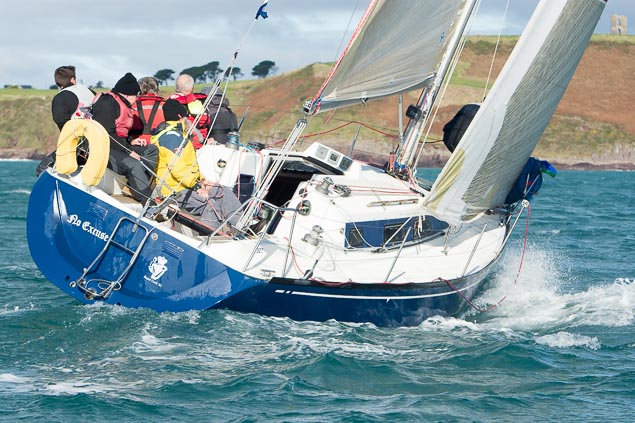

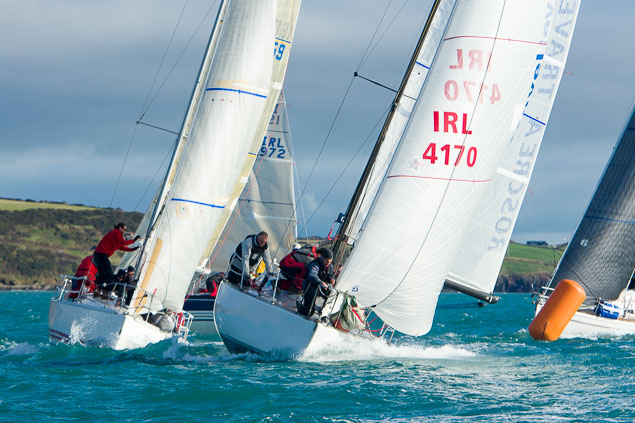
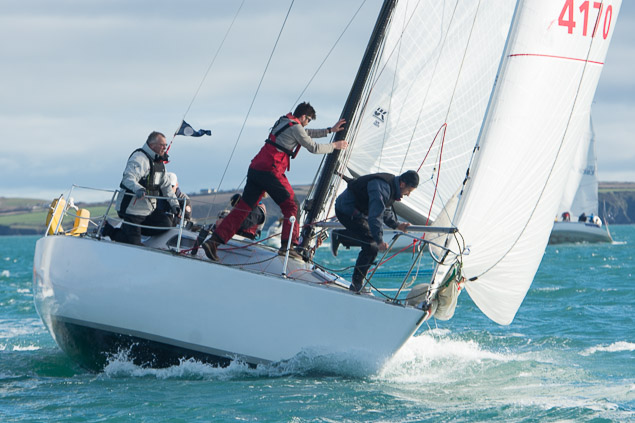
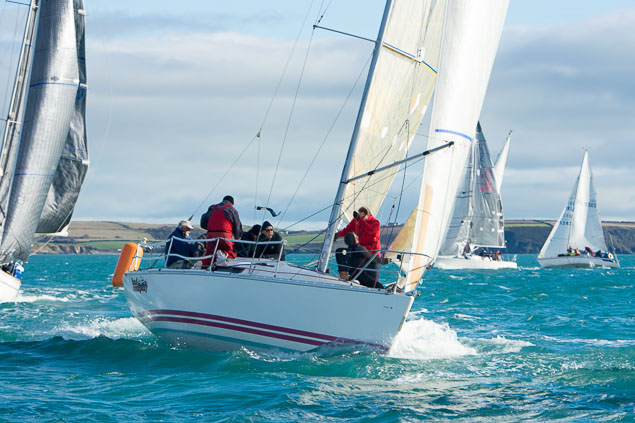
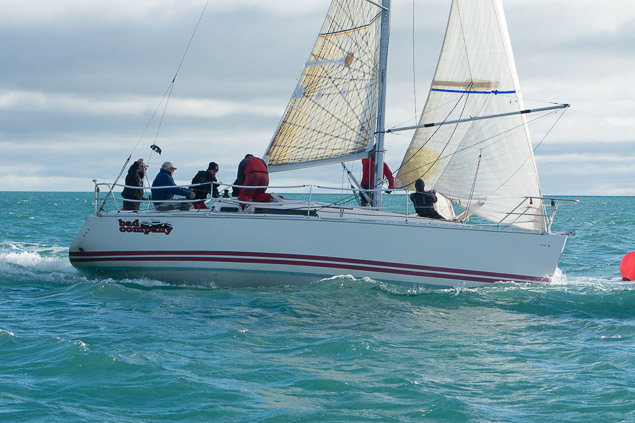
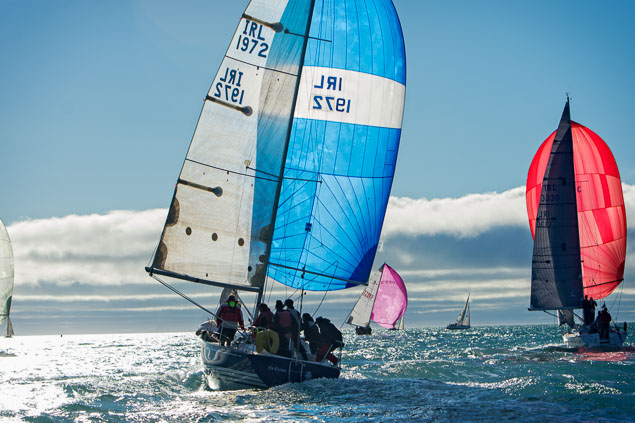
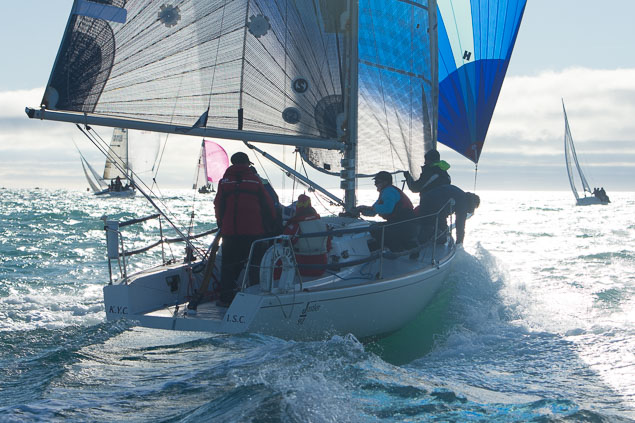
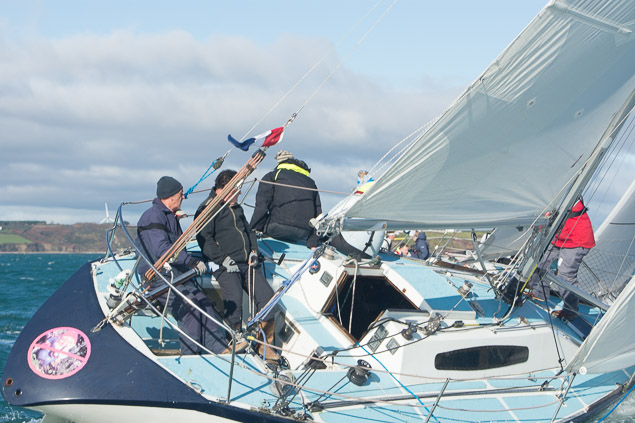
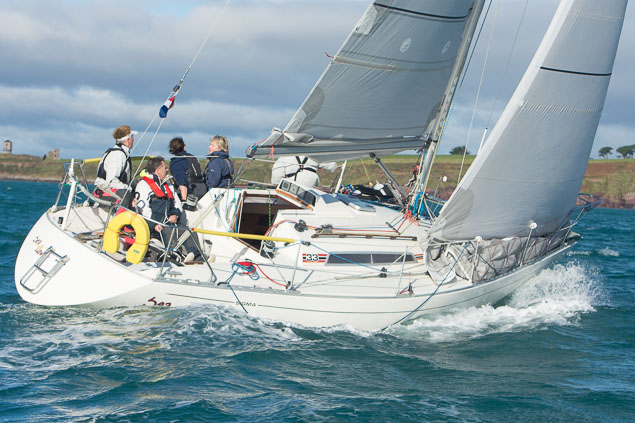
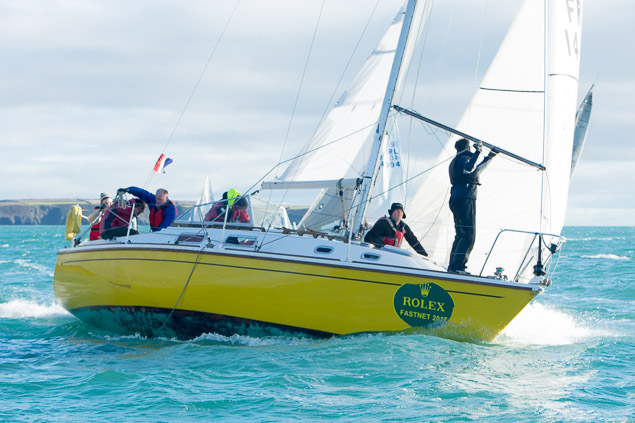
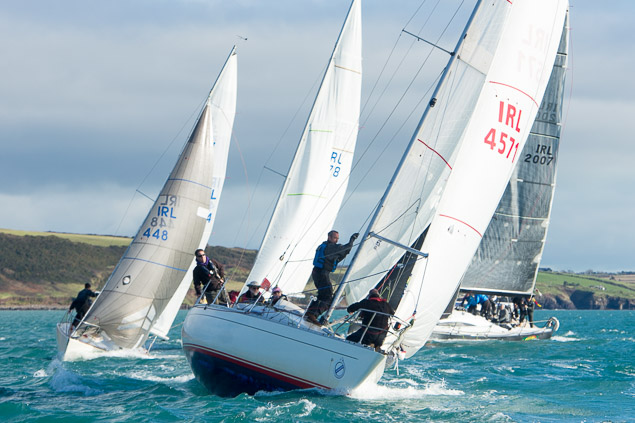
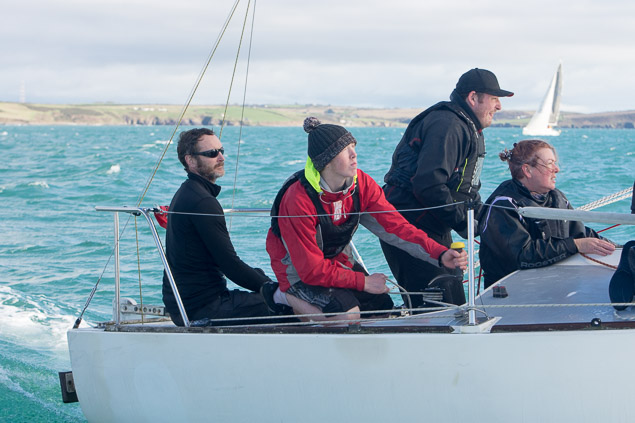

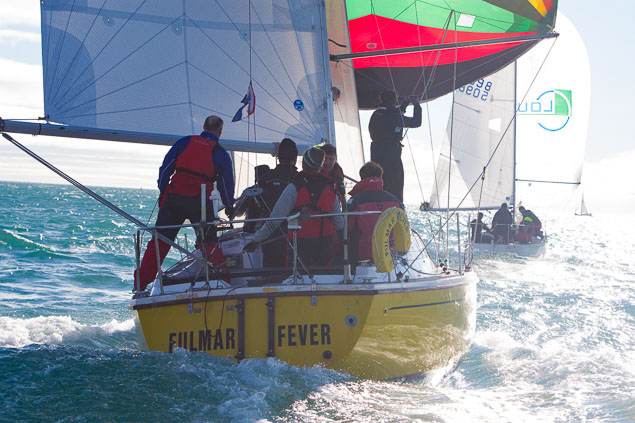
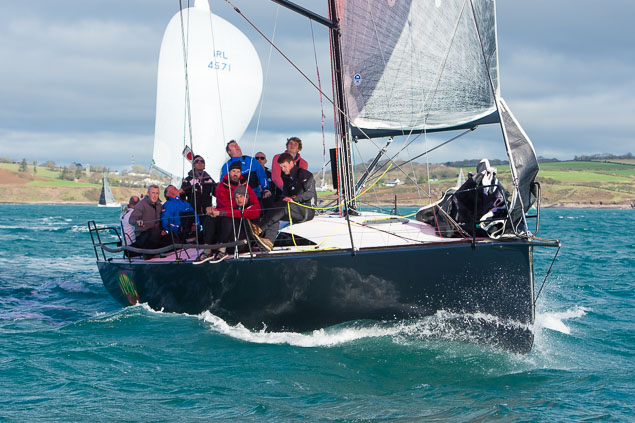
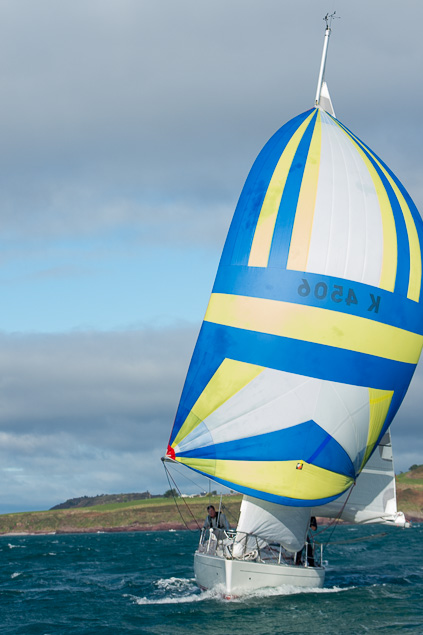
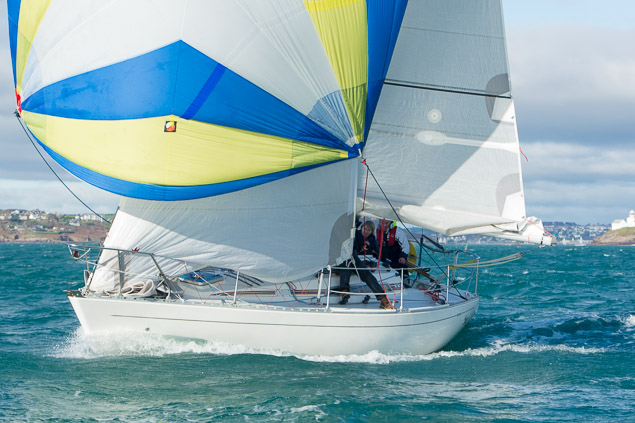
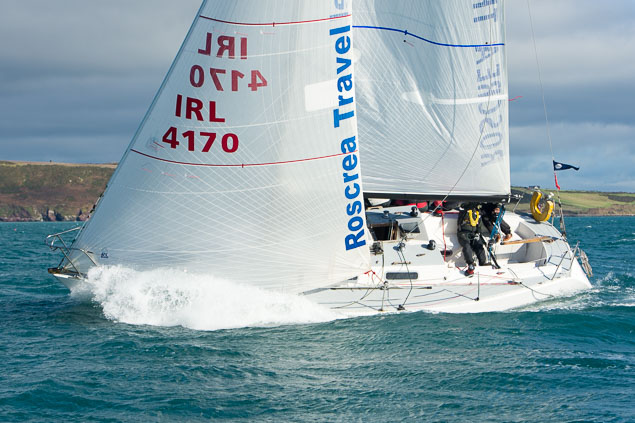
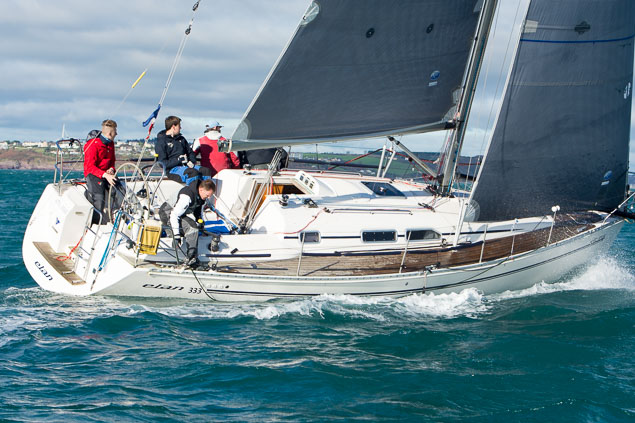
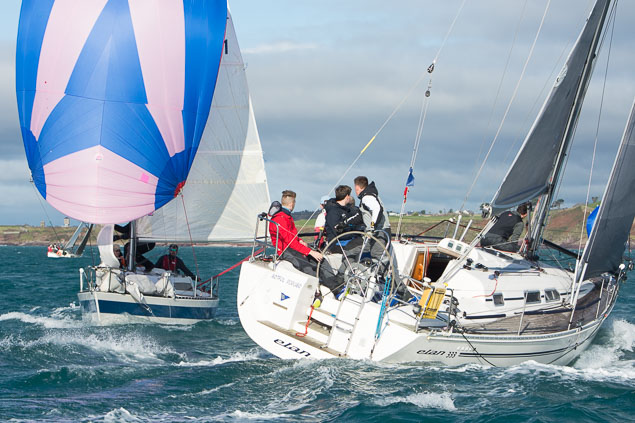
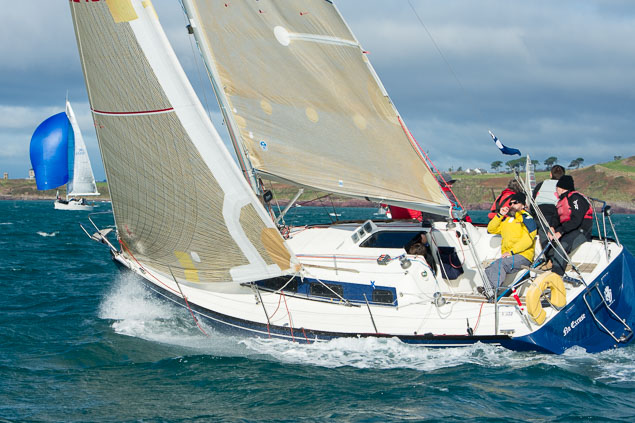


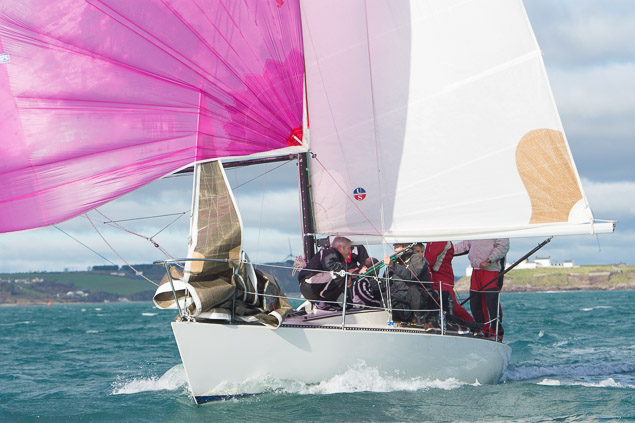

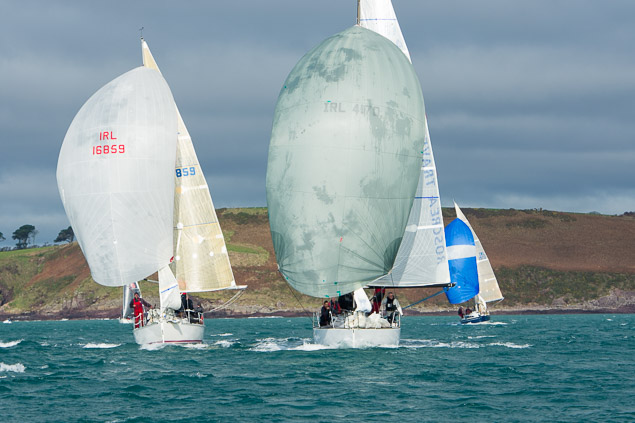

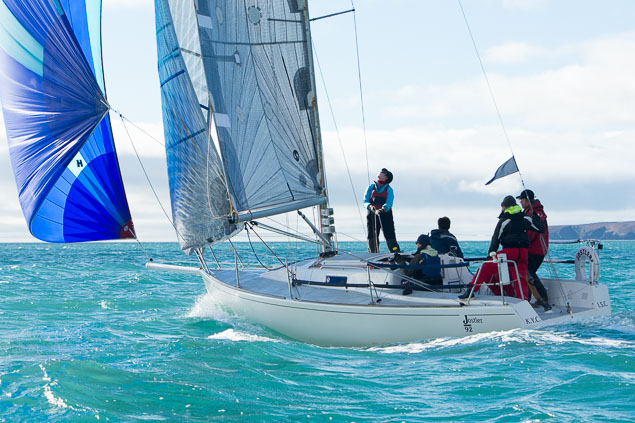
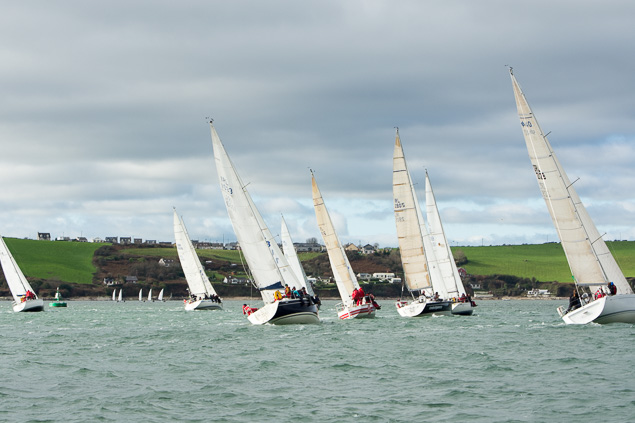

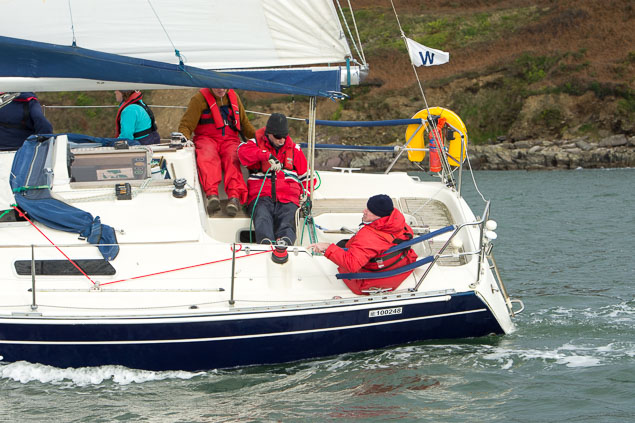
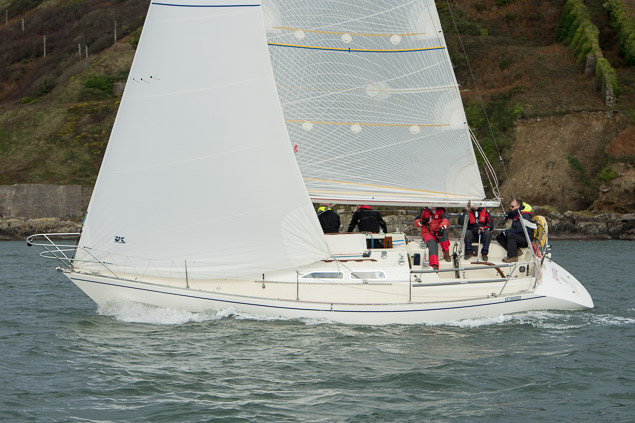
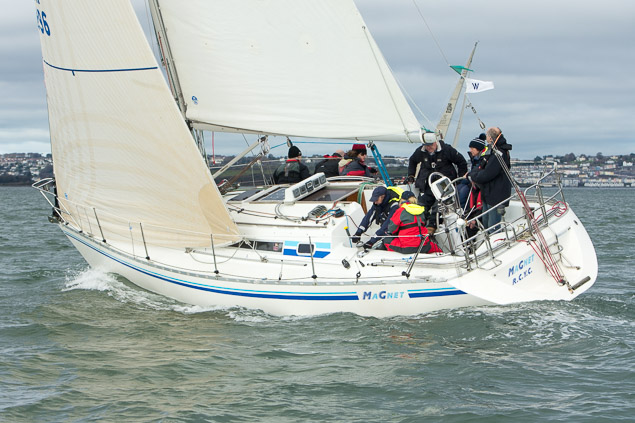
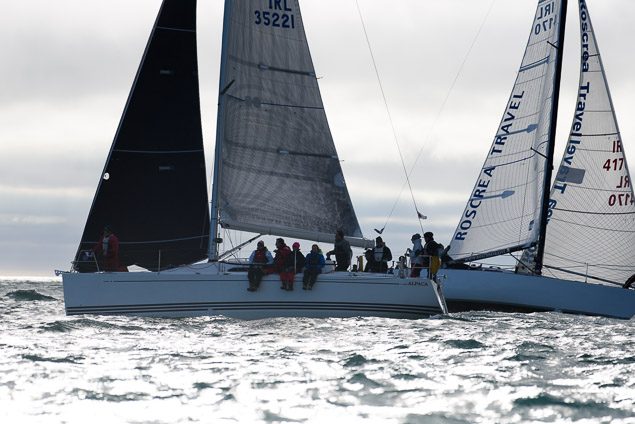

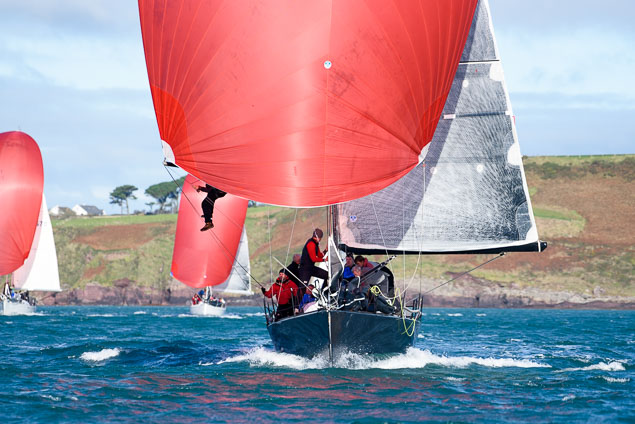


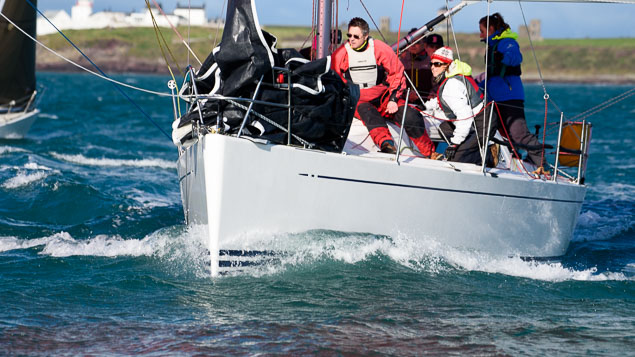

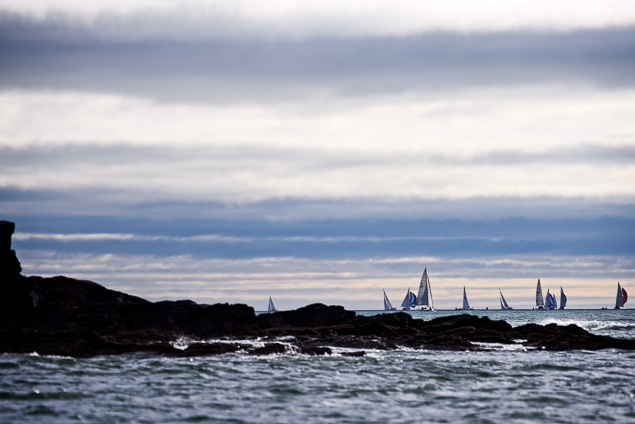
In the penultimate day of racing of the CH Marine Chandlery Autumn League, Conor Phelan's Ker 37 Jump Juice holds a commanding lead of six points writes Bob Bateman.
Phelan's class one lead is over Royal Cork club–mates Paul & Deirdre Tingle in the X34 Alpaca on 12 points overall with K Dorgan/J Losty in the Beneteau 36.7 Altair third on 15 points.
Winds for today's two races were westerly starting at 14–knots but falling all the time. The second race started in eight–knots.
 Jump (Conor Phelan) leads eight boat class one. Photo: Bob Bateman. Scroll down for gallery
Jump (Conor Phelan) leads eight boat class one. Photo: Bob Bateman. Scroll down for gallery
A strong ebb tide of about two to three knots made it a hard beat for competitors (a Spring tide coupled with a lot of freshwater in the harbour after the last few days of rain).
There were many groundings as competitors looked for slacker tide by sailing on the edge of Spit Bank where some of the groundings occurred.
The first to ground was Jump Juice in the first race, hence their poor score (nine points) and one they are able to discard.
Full results here.
